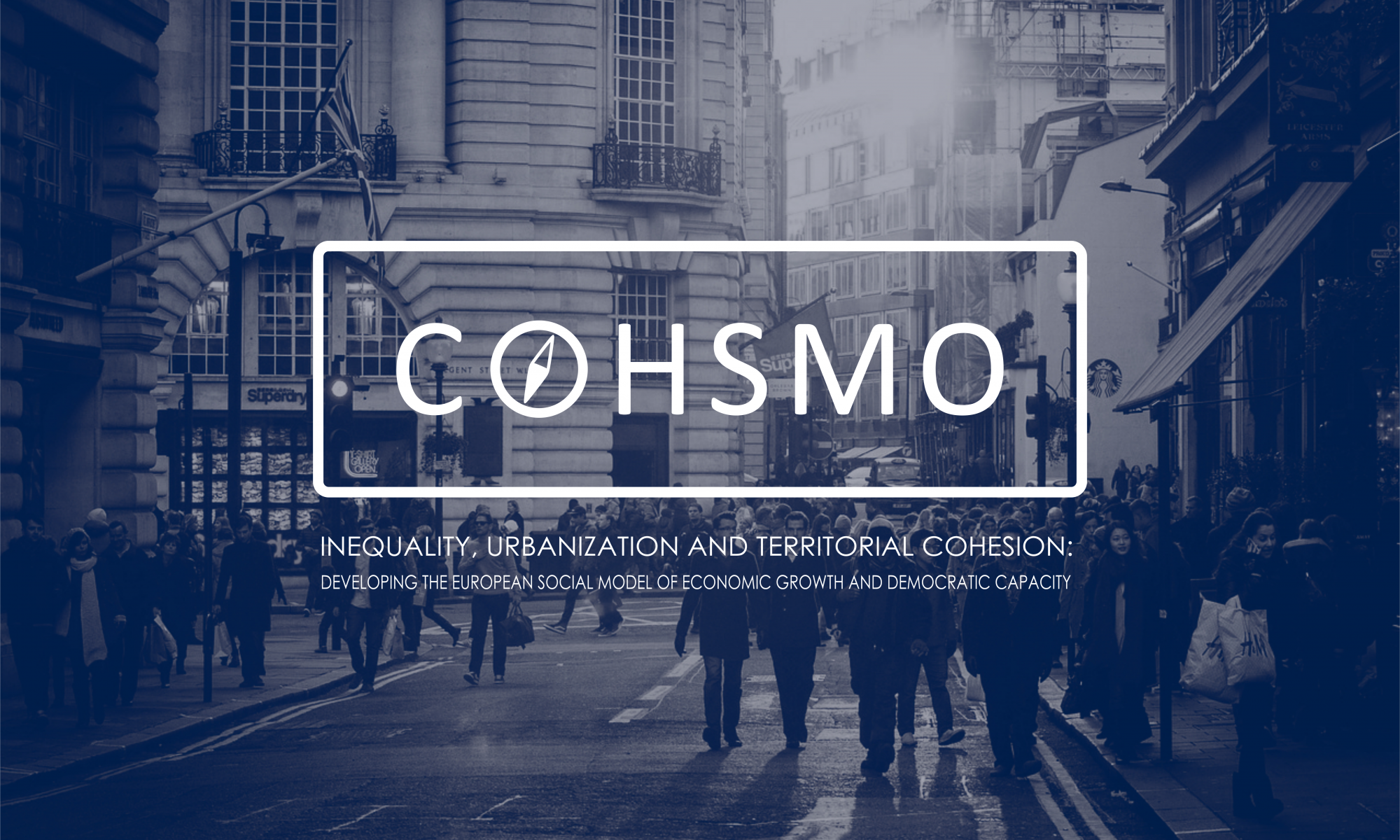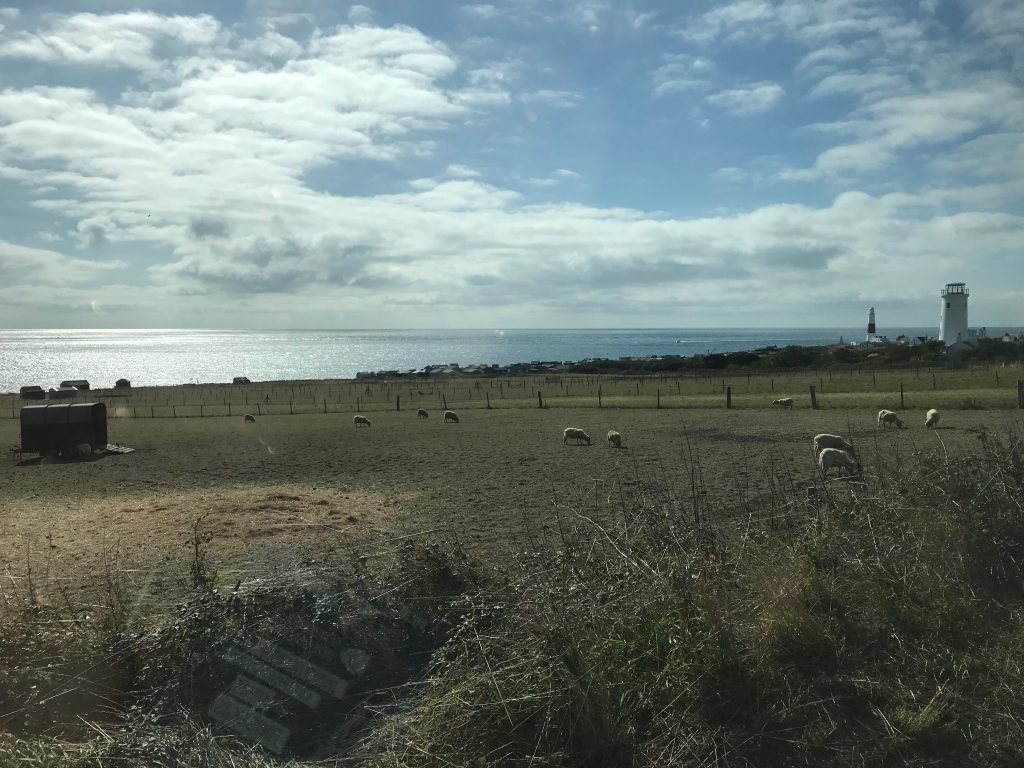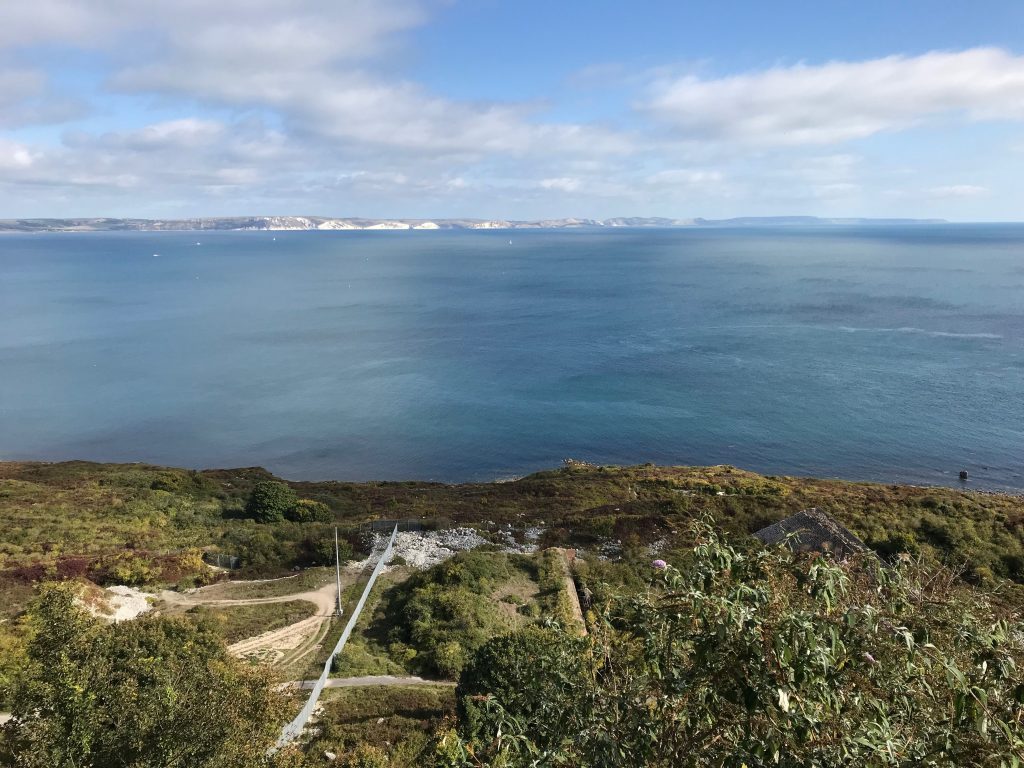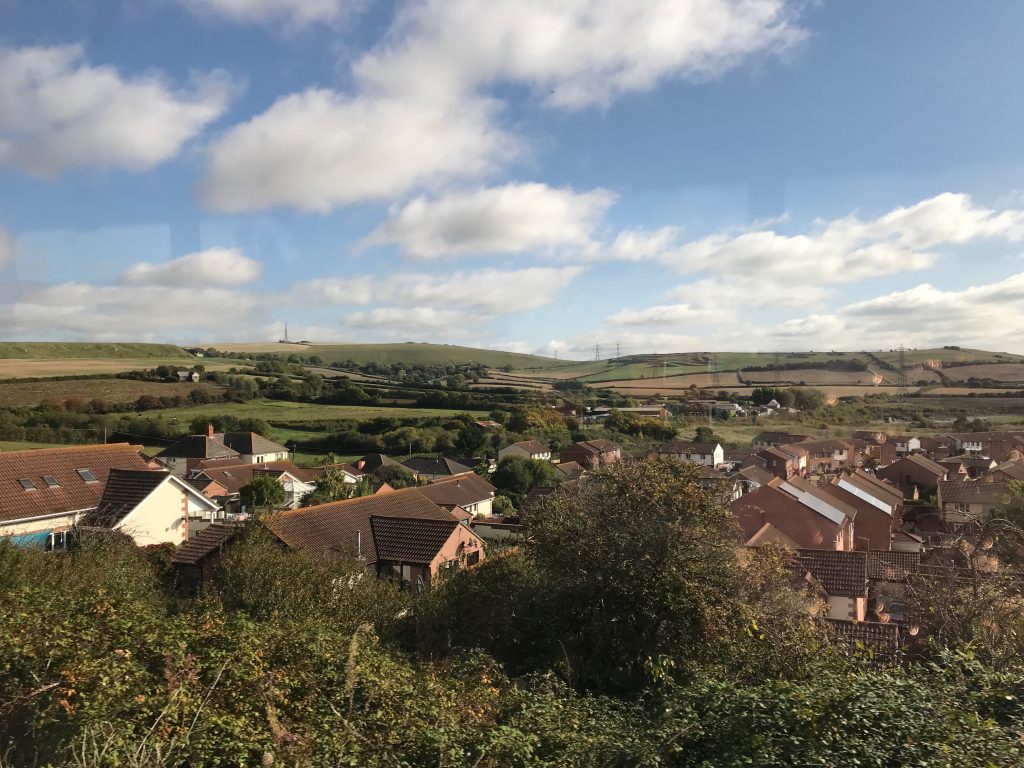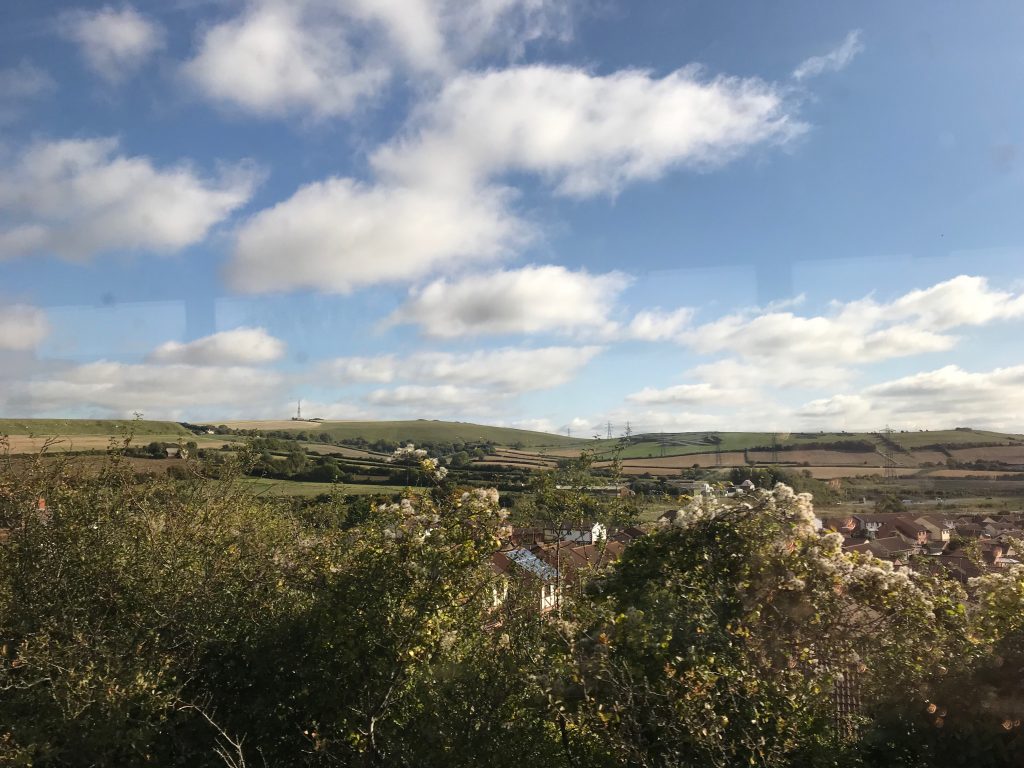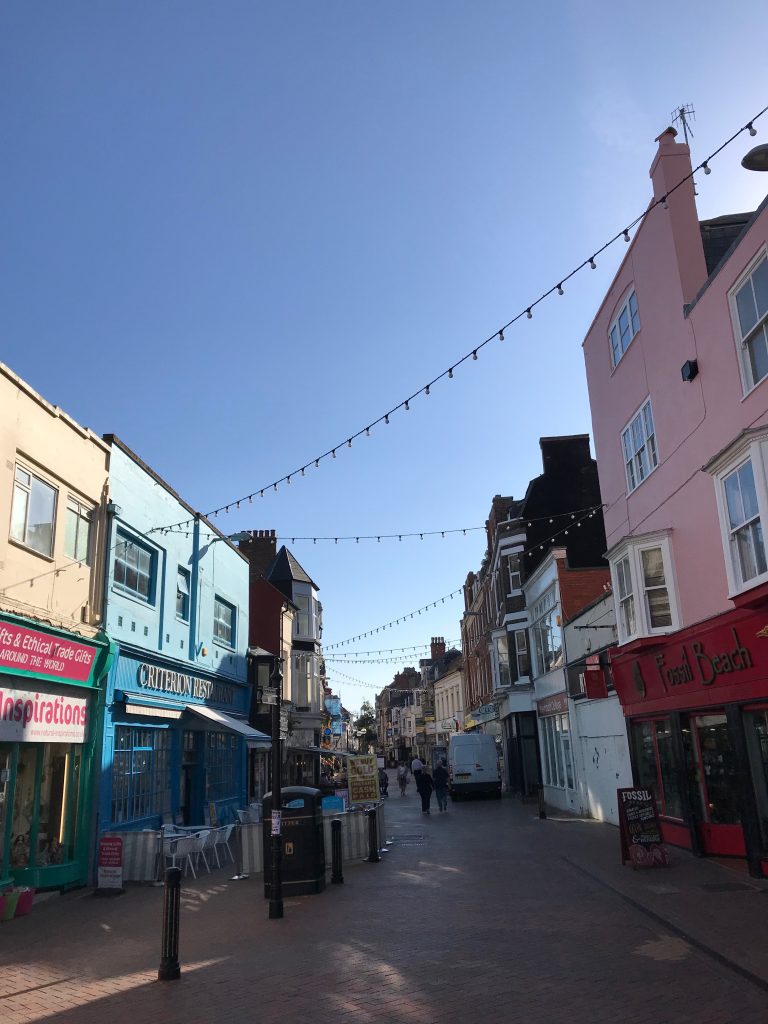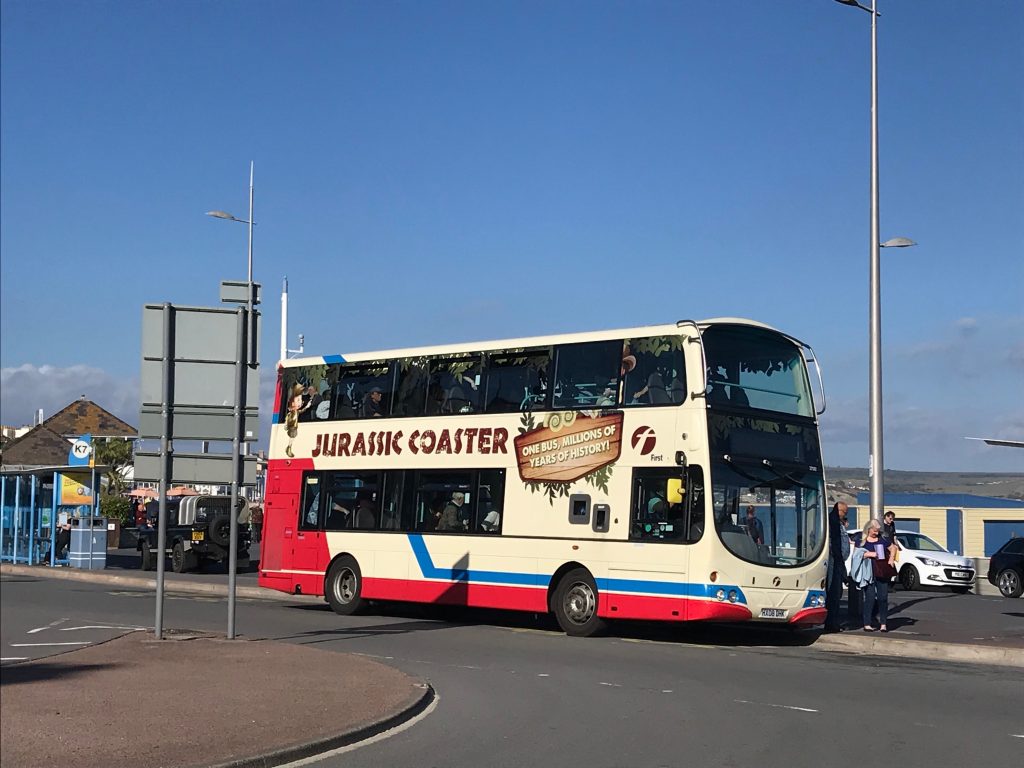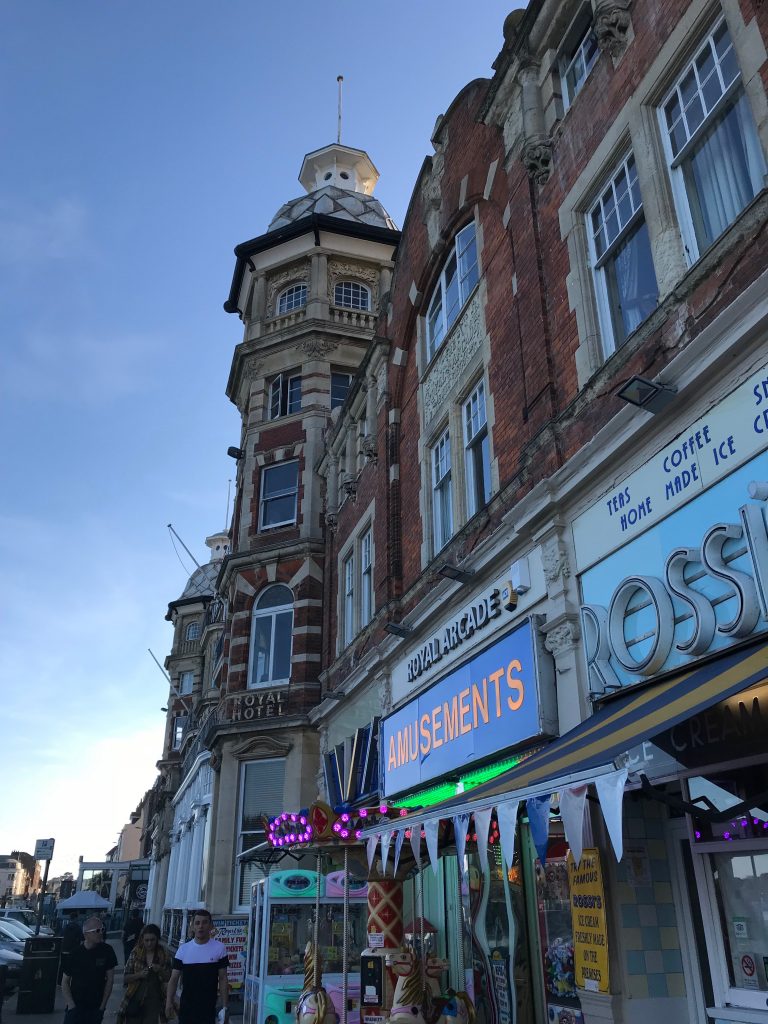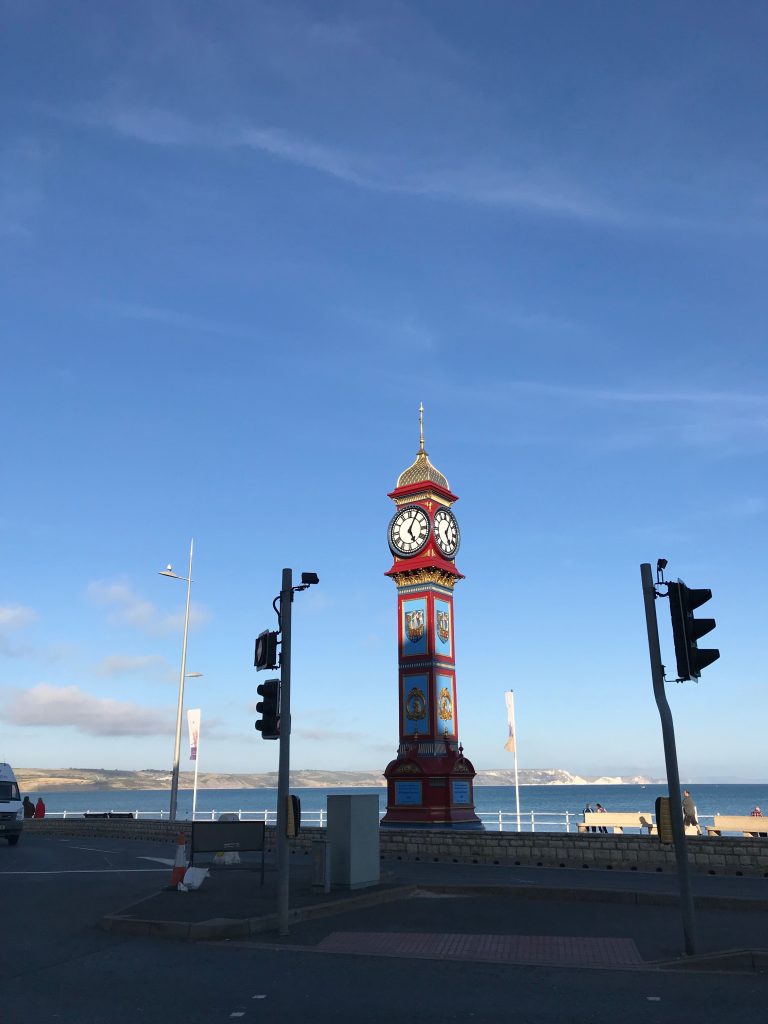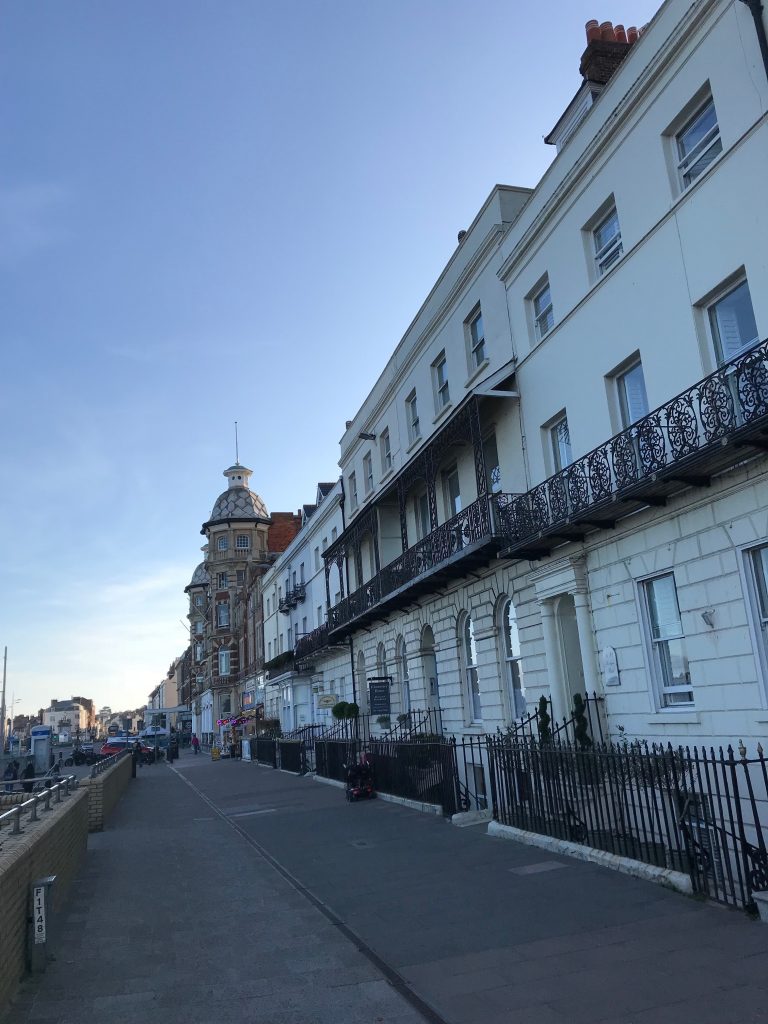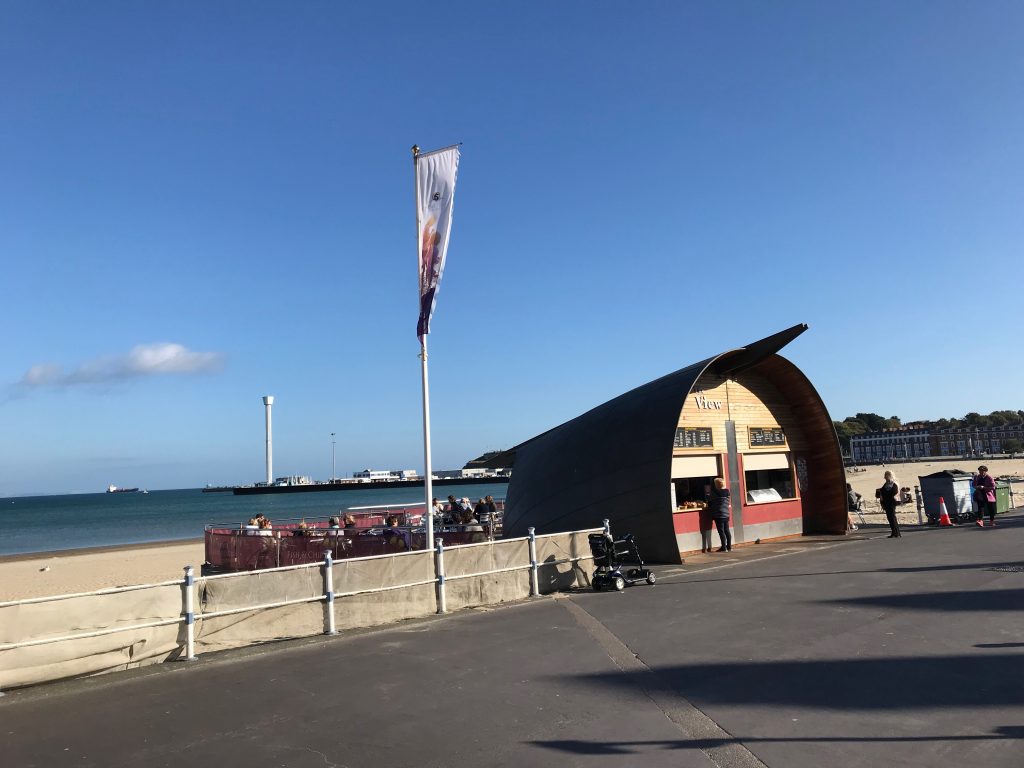The team from the United Kingdom has carried out interviews with actors from three sectors (governance, business and community) in three case study areas; one rural, one suburban and one urban – West Dorset, North Staffordshire and Greater Bristol.
West Dorset (Rural Case)
This case study is in the rural locality of West Dorset on the south coast of England. The largest town in the area is Weymouth with a population of 52,000, Dorchester is next largest (20,000) then Bridport (13,570), the remaining towns are places with populations of under 10,000. The locality is overwhelmingly made up of villages and hamlets making it a ‘classic’ English rural area bringing with it attendant issues of connectivity and rural isolation. It has an aging population structure and is losing qualified young people (a ‘brain drain’), because of the limited opportunities to access relevant employment and relatively high local house prices; the area is regarded as a ‘retirement area’. More generally across the locality there are issues of access to services related to problems of rurality. Accessibility affects both the availability of services and the cost of service provision. Access and connectivity (i.e. road network, rural buses and transport, digital connectivity) were identified by Dorset residents as key priorities for service provision. Employment is dominated by the following: the public sector, agriculture, forestry and fisheries. Tourism is also a significant part of the local economy based on the landscape and seascape (most of the locality is included in an Area of Outstanding Natural Beauty) and has notable attractions such as the Jurassic Coast. This is a major asset that is being developed through initiatives such as Jurassica, a planned visitor attraction in a disused quarry on the Isle of Portland, or The Journey, a partnership with the Eden Project International in Cornwall dedicated to biodiversity and also located in Portland.
North Staffordshire (Suburban Case)
Suburban area – North Staffordshire which is a suburb of Stoke-on-Trent, distinct local authority areas but functionally and morphologically integrated. Here we will focus on the suburban market town of Newcastle-Under-Lyme and contrast it with one of the towns that make up Stoke-on-Trent.
Greater Bristol (Urban Case)
Metropolitan area – Greater Bristol – includes surrounding municipalities. Here the contrast will be between Bristol and the functional and morphologically integrated suburban local authority of South Gloucestershire (with a particular concentration on the North Bristol Fringe).
